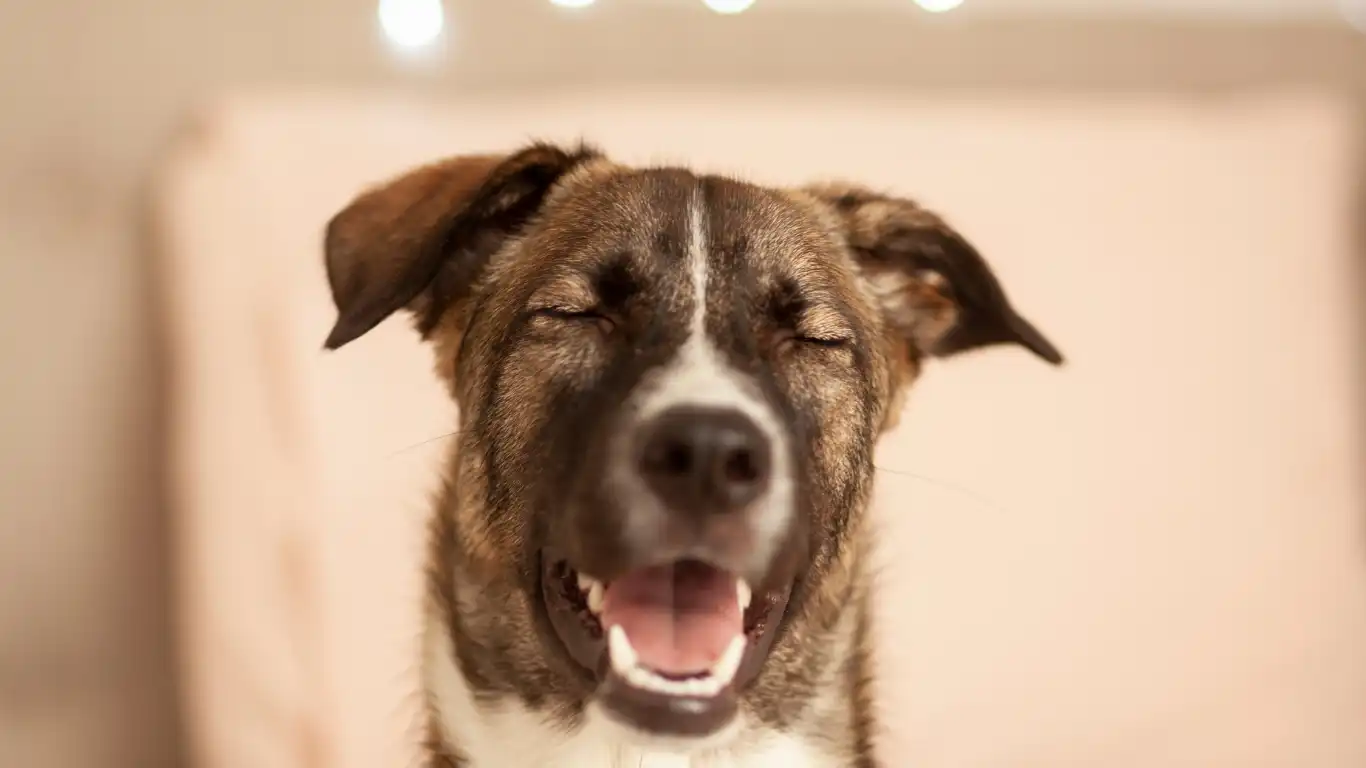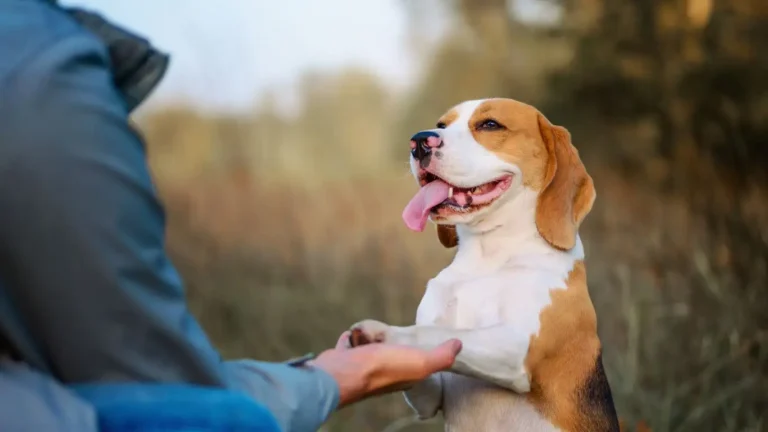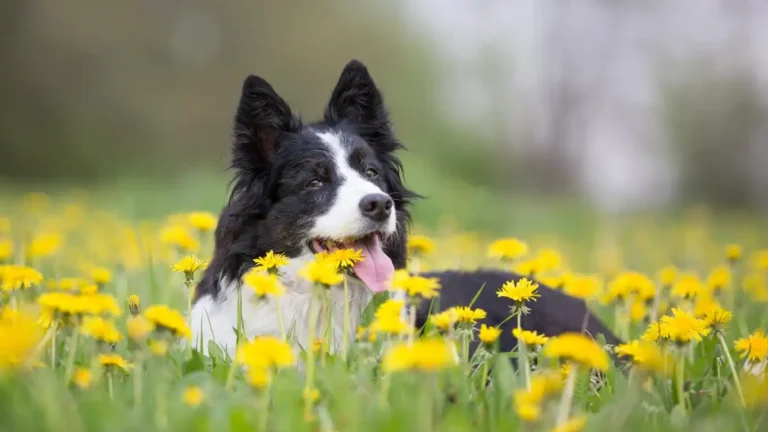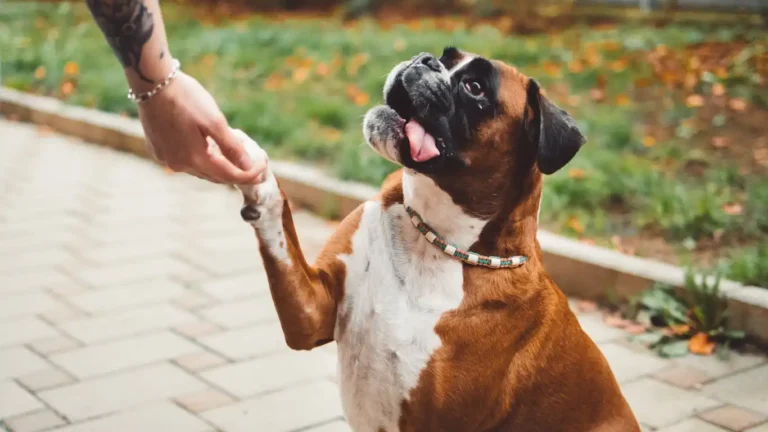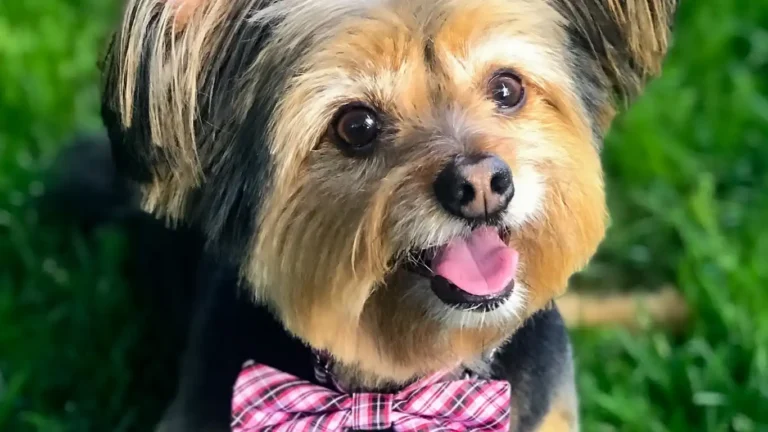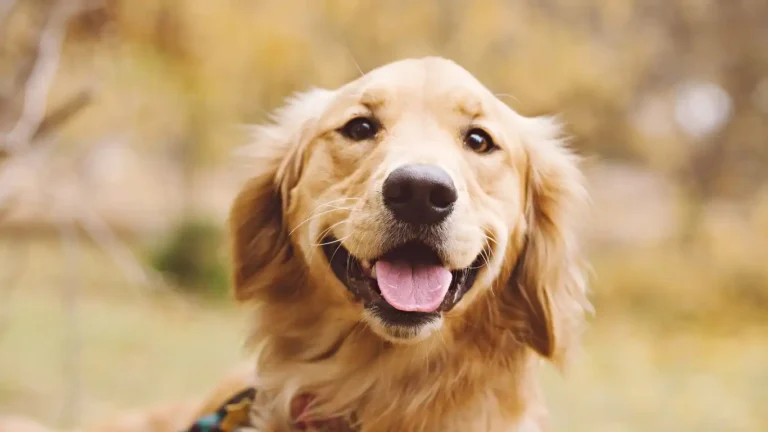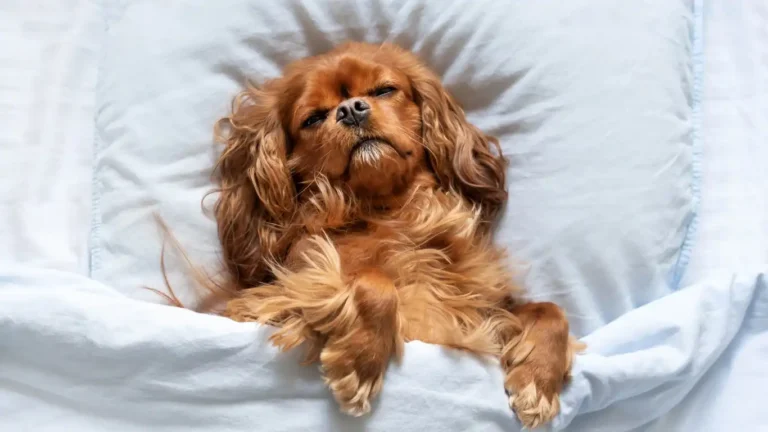How to Prepare Your Home for a New Puppy: Expert Tips for a Smooth Start
So, you’ve decided to bring home a brand-new puppy—first of all, congratulations! It’s such an exciting (and slightly chaotic) time, and trust me, as someone who’s worked closely with pet parents in clinic settings for years, I can tell you this: how to prepare your home for a new puppy is *not* something you want to wing. Your little fluffball may be tiny, but they’re a full-blown hurricane of curiosity, teeth, and zoomies. Let’s walk through how to puppy-proof your space and set your new best friend up for success—without feeling totally overwhelmed.
Start With the Basics: Puppy-Proofing Essentials
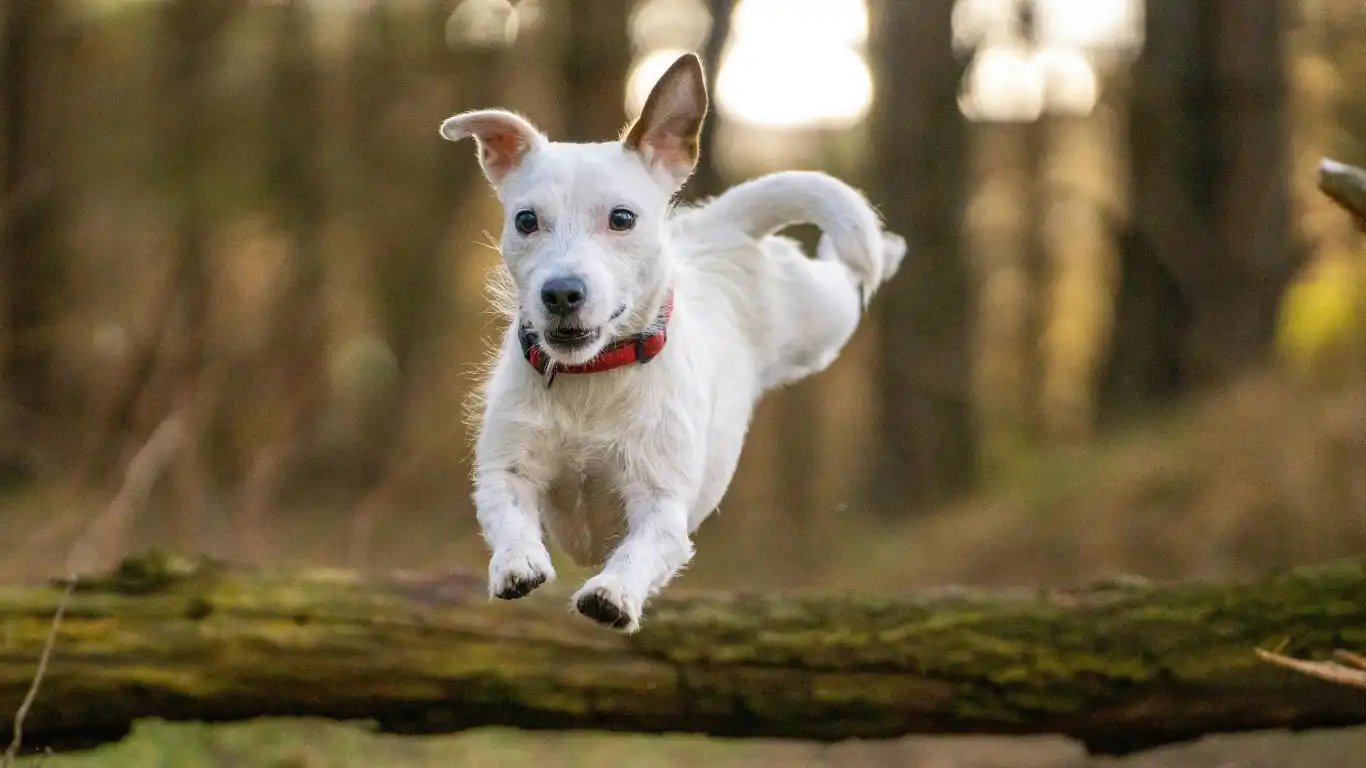
Look at Your Home Through a Puppy’s Eyes
Seriously—get low to the ground and take a look around. What’s within reach? Wires, shoes, plants, kids’ toys? Puppies are like toddlers with turbo mode. They explore with their mouths and won’t hesitate to chew first and regret nothing later.
- Hide electrical cords: Use cord organizers or wrap them up out of reach.
- Secure loose items: Remotes, socks, and even phone chargers are chew targets.
- Block off restricted areas: Baby gates are a lifesaver. I’ve seen too many pups sneak into laundry rooms and come out covered in lint and detergent powder. Not cute.
Double-Check Houseplants
Some of the most common houseplants are super toxic to dogs. I once had a client whose pup gnawed on a peace lily and ended up needing fluids and a 24-hour watch. Common offenders include:
- Peace lilies
- Snake plants
- Philodendrons
- English ivy
If you’re not sure, look it up or ask your vet. Better safe than sorry.
Set Up a Safe Space

The Crate Is Not a Cage
This is one of the biggest myths I have to break down with new puppy parents. A crate isn’t a punishment—it’s a safe, cozy little den. Dogs are den animals by nature, and most puppies actually like having a place that’s just theirs. In the clinic, I’ve seen the difference crate training makes: calmer dogs, easier vet visits, and smoother potty training.
- Choose the right size: Your pup should be able to stand, turn, and lie down comfortably.
- Add cozy bedding: Just make sure it’s washable. Accidents happen!
- Introduce it slowly: Toss in a few treats, feed meals near it, and never use it for punishment.
Use Playpens and Baby Gates
Not every room is safe (or needs to be) for your pup to roam free. When I brought home my first foster puppy, I learned real quick that a playpen is gold. It gives your dog freedom without giving them too much freedom. Start with a small area they can safely explore, and expand as they get more confident and trustworthy.
Stock Up on Puppy Essentials
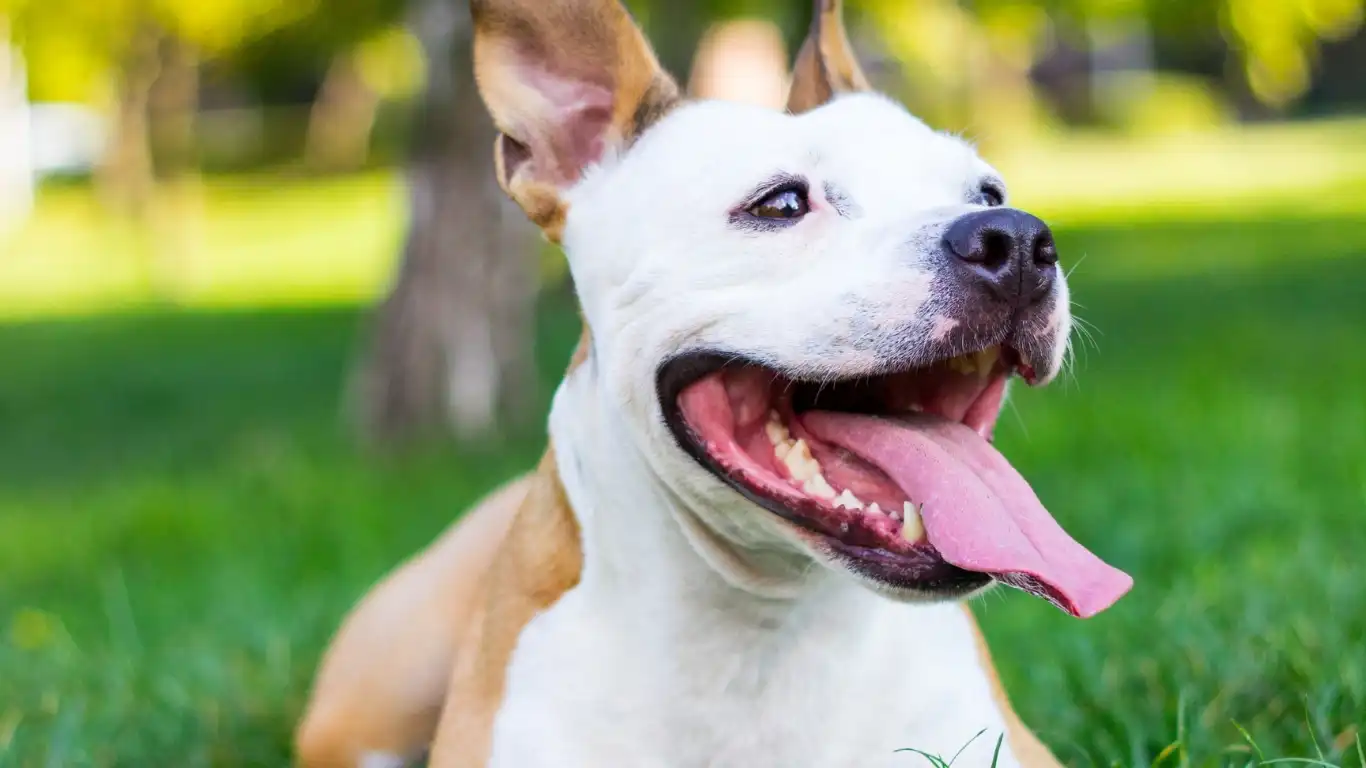
The Must-Have Gear Checklist
I’ve helped set up dozens of pups for success, and there are a few non-negotiables every new dog parent needs. Trust me, you’ll thank yourself later for having these ready on day one:
- Food and water bowls (preferably stainless steel or ceramic)
- Collar with ID tags (even if your pup is microchipped—layers of safety are key)
- Leash and harness for safe walks
- Chew toys—you need a variety to figure out what your pup likes
- Puppy-safe treats for training
- Puppy food that meets AAFCO standards—this is where my nutrition background comes in: don’t go cheap here
And please—skip the retractable leashes. I’ve seen too many injuries from those, both to humans and dogs. A solid 4-6 foot leash is plenty for now.
Nutrition Tip: Choose the Right Puppy Food
Because I specialize in nutrition, I can’t skip this part. Your puppy’s food sets the foundation for their entire future health. Look for a brand that follows AAFCO guidelines and clearly states it’s formulated for growth or all life stages. If you’re unsure, bring the label to your vet or a vet tech (like me!) to double-check. What worked for my last foster—a sensitive-stomached Goldendoodle—was a chicken-free kibble with added DHA for brain development. Every pup is different, so don’t just grab the prettiest bag on the shelf.
Don’t Forget the Humans in the House
Get Everyone on the Same Page
This one might sound obvious, but it’s often overlooked. Whether you live with roommates, a partner, or a full-blown Brady Bunch situation, everyone needs to be on board with the same rules. Nothing confuses a puppy faster than mixed messages. Are they allowed on the couch? Who’s in charge of feeding? Is the back door always closed?
Print out a daily puppy schedule and stick it on the fridge. Include:
- Potty break times
- Meal times
- Training sessions
- Playtime and naps (yes, puppies need naps!)
That structure will help your pup settle in faster—and trust me, it’ll save your sanity too.
Prep for Potty Training: Accidents Are Part of the Process
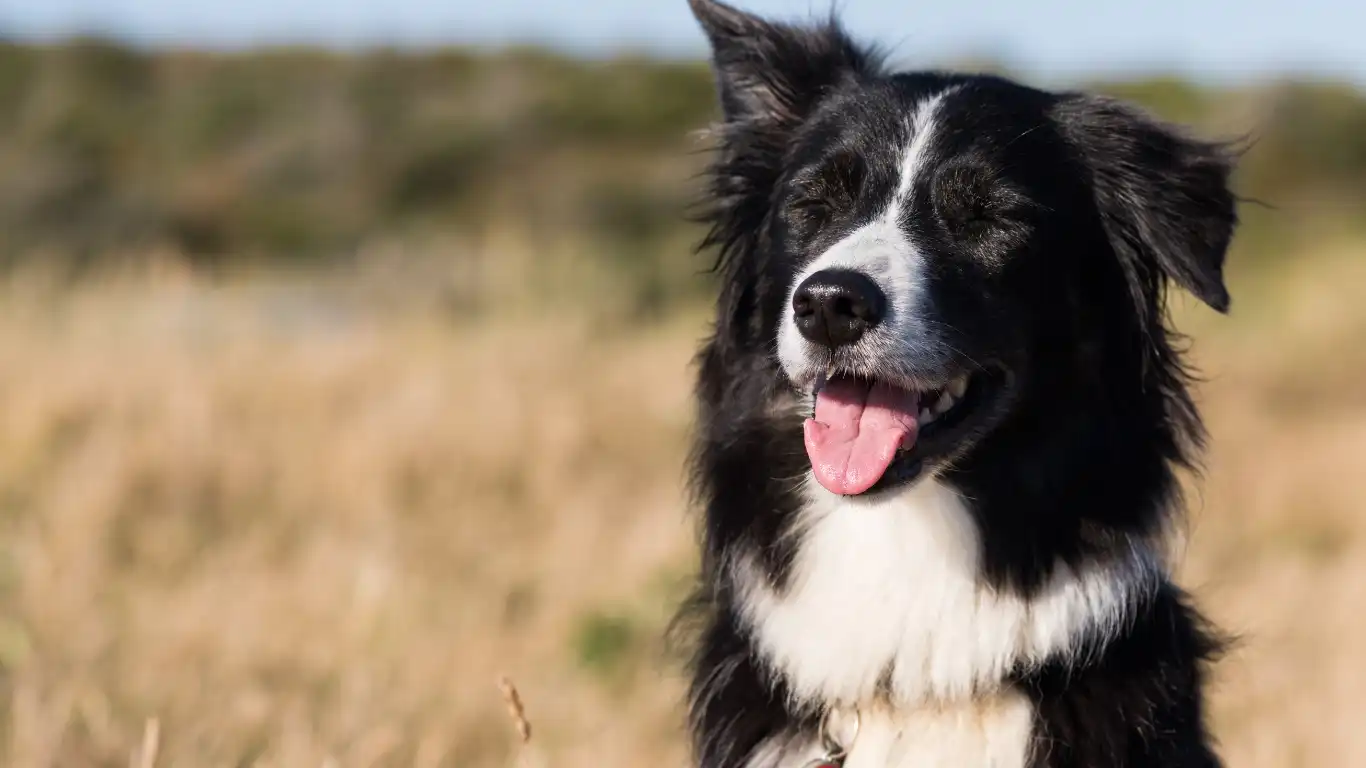
Establish a Potty Routine ASAP
One of the biggest things I tell new puppy parents (and I can’t emphasize this enough): the earlier you create a bathroom routine, the fewer headaches you’ll have later. Puppies thrive on structure—it helps them feel safe. When I brought home a rescue pup last year, I set a timer every 2 hours the first few days. It was exhausting, yes, but worth it. We had maybe 2 accidents total. Timing is everything.
- Take your puppy out first thing in the morning—don’t wait!
- After every nap and meal: digestion moves fast in puppies
- Before bed and at least once during the night for the first week or so
Pick one outdoor spot and always take them there. The familiar scent cues them to go. When they do their business—praise like you’ve never praised before. I’m talking excited voice, gentle pets, maybe even a treat if they’re food motivated.
Indoor Accidents? Don’t Panic
It’s gonna happen. Even with the most diligent schedule. Don’t yell, don’t rub their nose in it (seriously, please don’t). Clean it up with an enzymatic cleaner to kill the scent. Dogs have powerful noses and if they smell an old spot, they’ll likely go there again. I always recommend keeping a bottle of enzymatic cleaner on hand—it’s a must-have in your puppy prep kit.
Introduce Basic Training & Socialization Early
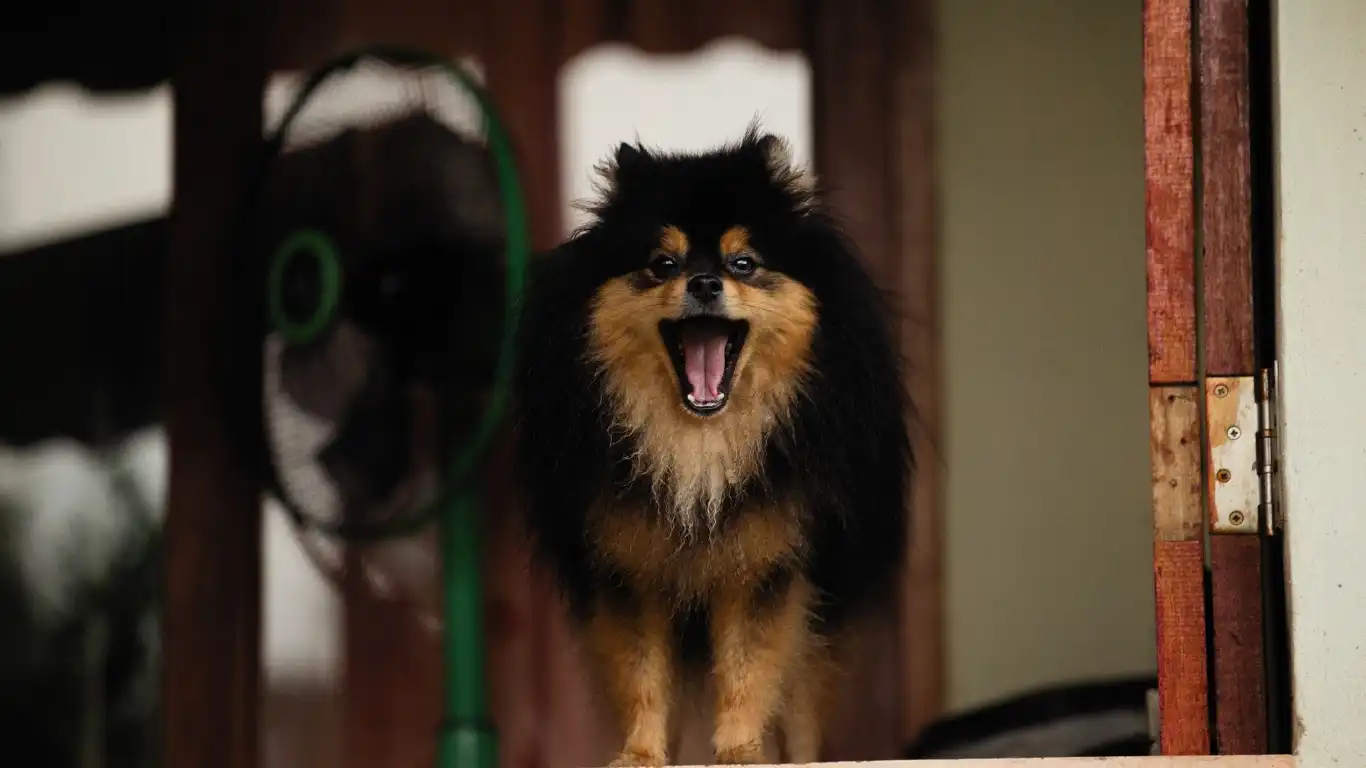
Why the First Few Weeks Matter Most
Those early weeks at home? They’re the golden window. Your puppy is absorbing everything like a sponge, and the habits you build now will shape their behavior for life. When I was still working full-time in a vet clinic, the best-behaved dogs I saw were the ones who started training early—and positively. Harsh corrections don’t work here. Your puppy doesn’t come pre-programmed. They’re learning what you want from scratch.
Start with the Basics
- Name recognition: Say their name, reward when they look at you. Easy win.
- “Sit” and “Come”: These are your lifelines. Teach with patience and treats.
- Leash walking: Don’t wait until your first outdoor stroll. Clip the leash on indoors to get them used to it.
And let’s be real—it won’t be perfect. They’ll get distracted, flop over, chew the leash. That’s normal. What matters most is that you’re consistent and kind. Puppies need time and repetition to understand what’s expected of them.
Expose Them to Real-Life Sounds and People
Socialization isn’t just about meeting other dogs. It’s about making the world feel safe. Get them used to car rides, doorbells, vacuum cleaners, and people of all ages. I used to tell clients to carry their pup around hardware stores or sit outside a café with them (pre-vaccines, just hold them). The more they see now, the fewer fears they’ll have later.
Vet Visits & Health Must-Dos
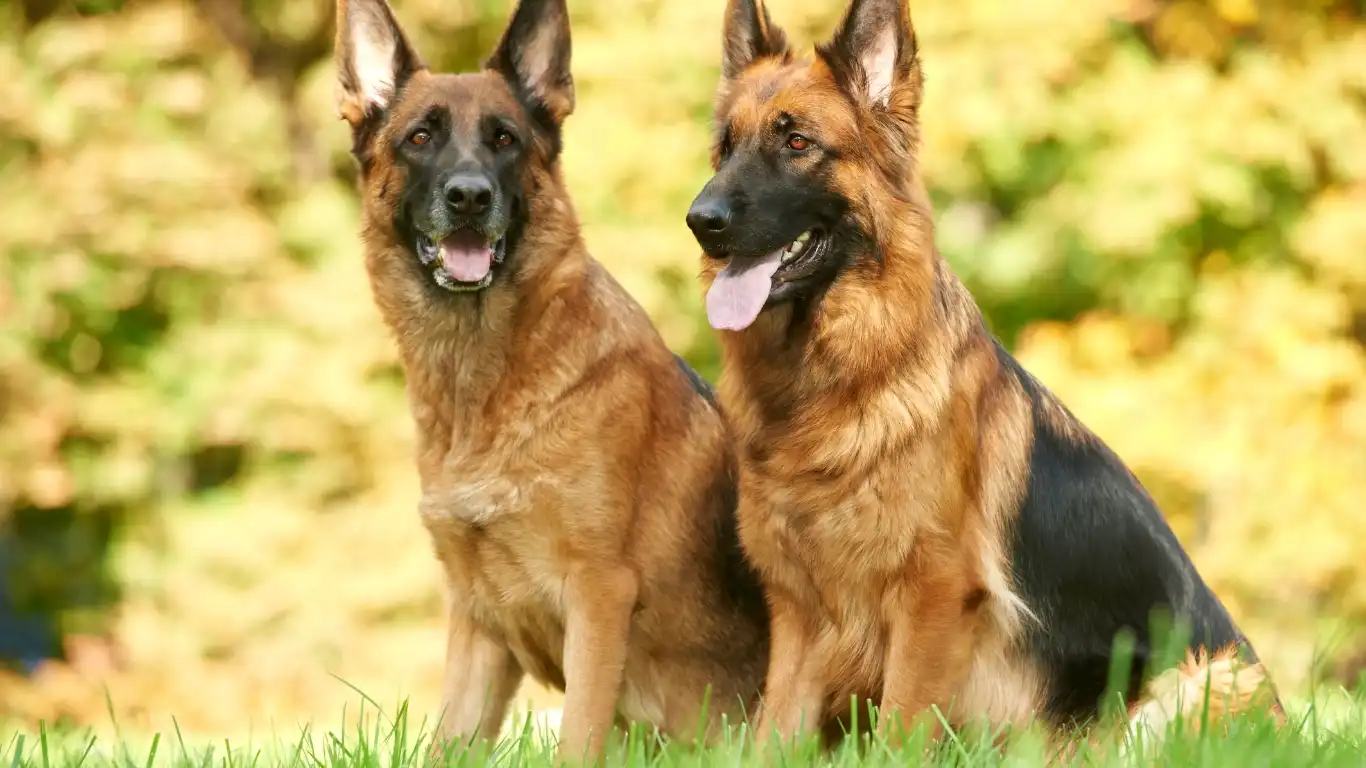
Book That First Vet Appointment
I can’t tell you how often people wait too long for this step. Your pup should see a vet within the first few days of coming home—even if they seem perfectly healthy. A wellness check is more than just vaccines; it’s your chance to catch any early concerns and get answers to your burning questions.
- Bring all paperwork from the breeder, shelter, or rescue
- Ask about vaccines: What they’ve had, what they still need
- Discuss parasite prevention: Fleas, ticks, and heartworms, oh my
And if you’re not sure what to feed your puppy or how much, this is the perfect time to ask. I’ve had so many clients say they felt embarrassed asking nutrition questions—don’t be. Your vet (and vet techs) are here to help, not judge.
Microchipping & Insurance: Think Long-Term
If your puppy didn’t come microchipped, I highly recommend getting it done. It’s a simple procedure, no more invasive than a vaccine, and can make the difference between lost and found. I’ve seen microchips reunite pets with their families months after they went missing.
And yes, I’m gonna say it—pet insurance. Puppies are magnets for trouble. I once saw a Golden Retriever puppy eat an entire sock, and that surgery cost the owner almost $4,000. Having coverage can literally be a lifesaver for your wallet.
Set Boundaries Without Being a Buzzkill
It’s Okay to Say No—With Love
Look, I get it. You just brought home this squishy-faced ball of fluff and you want to smother them in affection. Do it! But also know that structure is love. Puppies need boundaries, and that starts with you. If they’re biting hands, jumping up, or stealing socks (mine was obsessed with slippers), it’s okay to interrupt and redirect.
Use clear, calm cues like “ah-ah” or “leave it,” then offer an appropriate alternative. The key is consistency. If one person in the house thinks it’s cute and another is scolding—your poor pup will be totally confused.
Create a Puppy-Safe Schedule
Puppies do best when they know what to expect. Having a predictable routine helps them feel secure. Here’s a sample daily rhythm I often recommend for new pet parents:
- 6:30 AM: Potty break & morning play
- 7:00 AM: Breakfast
- 7:30 AM: Short walk or crate time while you get ready
- Mid-morning: Potty, play, nap
- Lunch: Some pups need a midday meal until they’re 6 months old
- Afternoon: More play, training, and potty breaks
- Evening: Dinner, walk, wind-down snuggles
- Before bed: Final potty break and quiet crate time
Routines aren’t rigid—they’re guideposts. You’ll tweak them as your puppy grows, but having a framework from the start really helps.
Teething Troubles: Save Your Furniture (and Fingers!)
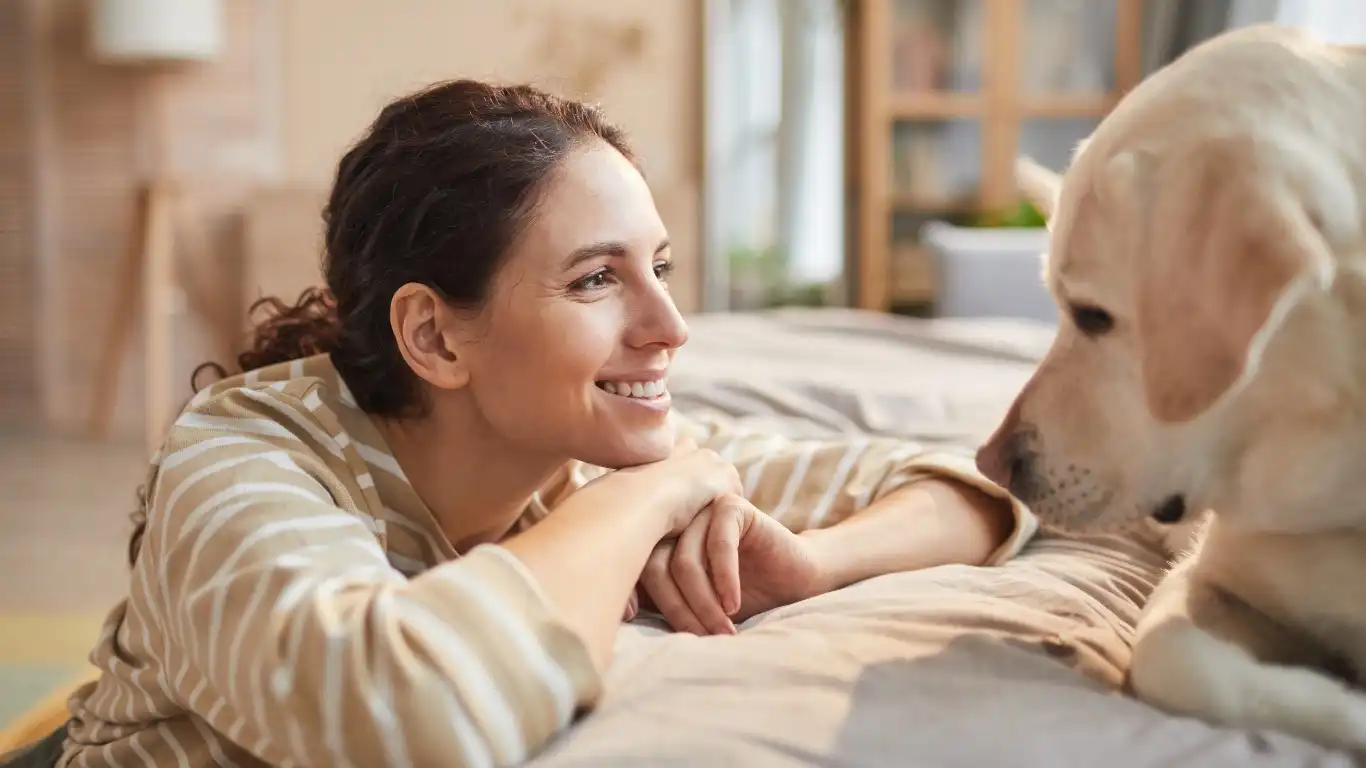
What to Expect During the Teething Phase
Oh, teething. If you haven’t hit this phase yet—brace yourself. Somewhere between 12 to 20 weeks, your puppy’s baby teeth start falling out, and let me tell you, it’s like having a furry toddler with a mouthful of tiny daggers. When I was working in the clinic, we used to joke that teething puppies could chew through drywall if left unattended. It’s not far off.
This is when your shoes, couch corners, baseboards—and yes, your hands—become prime targets. Their gums are sore, and chewing brings relief. But the key is providing appropriate chew outlets and redirecting the moment they latch onto something they shouldn’t.
Safe Chew Toy Tips
- Frozen carrots or wet washcloths: Great for soothing sore gums and budget-friendly.
- Puppy-safe rubber toys: Brands like KONG make versions for teething pups. Fill them with treats or peanut butter (xylitol-free, please!) for extra engagement.
- Rotate chew toys: Don’t leave everything out at once. A “new” toy creates more excitement.
If your pup is super bitey during play (which is normal), pause the interaction and offer a toy instead. Biting is a form of communication, not defiance. Gentle redirection works way better than scolding.
Brain Games & Boredom Busters
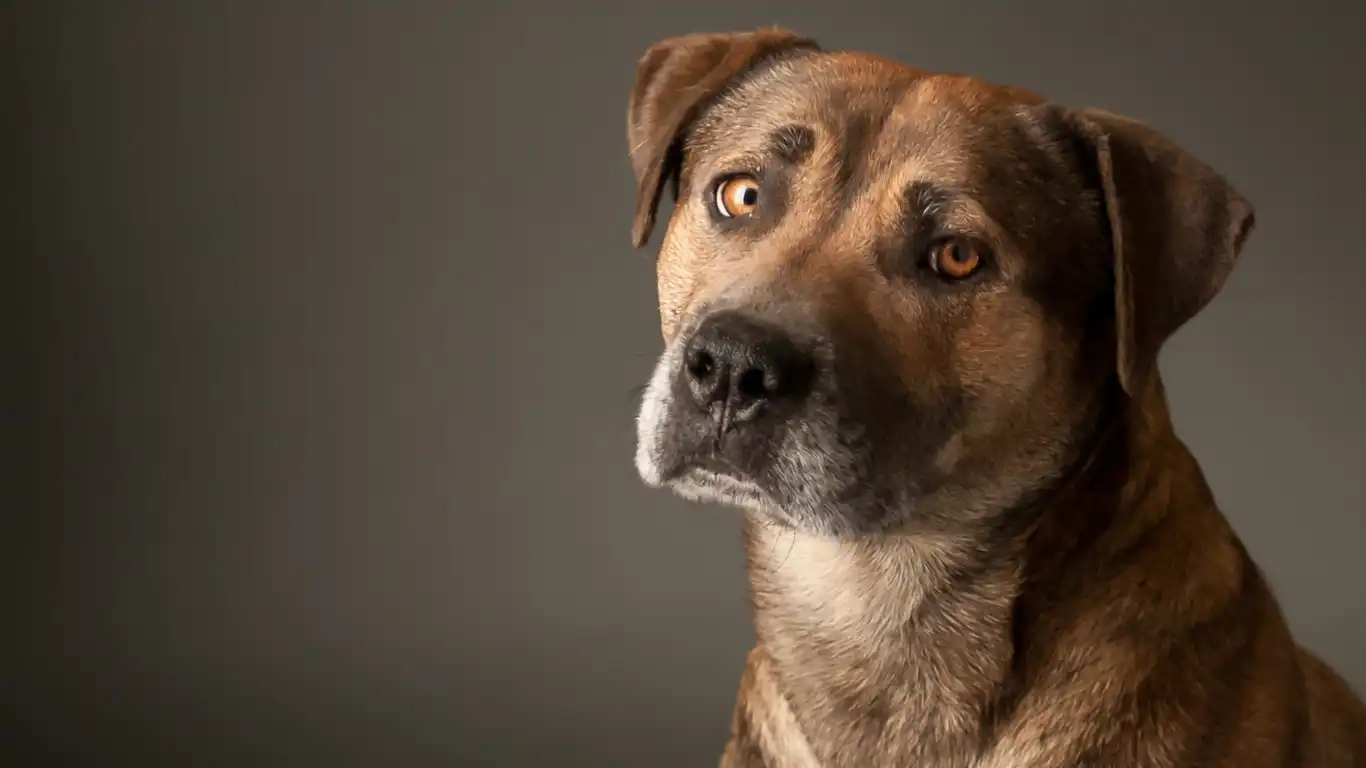
Why Mental Enrichment Matters
We often focus so much on physical exercise that we forget puppies need just as much mental stimulation. A bored puppy is a mischievous puppy—trust me. I once had a Labrador pup destroy an entire roll of toilet paper in under 30 seconds… just because I took a phone call.
Enrichment activities challenge their minds, wear them out faster than a walk, and help build confidence.
Fun At-Home Enrichment Ideas
- Snuffle mats: Scatter their kibble or a few treats and let them sniff it out. Great for slowing down fast eaters too.
- DIY treat puzzles: Muffin tins + tennis balls + treats = 15 minutes of focused fun.
- “Find it” games: Hide toys around the house and cue them to find it. Easy way to burn energy on rainy days.
Even five minutes of enrichment after meals can make a huge difference. And let’s be honest—it’s adorable watching them work out puzzles with their little faces all scrunched in concentration.
Transitioning to Adulthood: What’s Next?
The 6-Month Shift
Once your pup hits about six months, they start heading into that tricky “teenager” phase. Hormones kick in, testing boundaries becomes a full-time job, and that perfect recall you worked so hard on? Poof—gone. Completely normal.
I always tell clients: this is the part where consistency matters most. Keep up with your training, continue social outings, and don’t panic if they regress a little. It’s temporary. Stay patient, keep reinforcing good behavior, and lean into routine.
Adult Dog Prep Starts Now
By now, your home should feel like theirs. They know where the potty spot is, their crate is their safe zone, and they’re probably running the show (in the best way). But don’t forget that every dog matures differently. Some small breeds settle down earlier; larger breeds might stay puppy-brained for years (looking at you, Labs and Goldens).
Keep learning, stay involved, and when in doubt—ask for help. Whether it’s a certified trainer or your vet, there’s a whole team rooting for you and your pup.
References
Disclaimer
This article is for informational purposes only and does not substitute professional veterinary advice. Always consult with a licensed veterinarian regarding your pet’s health and behavioral needs. Based on my hands-on experience as a certified Veterinary Technician specializing in Nutrition, I’ve shared practical guidance, but individual puppy needs may vary.
